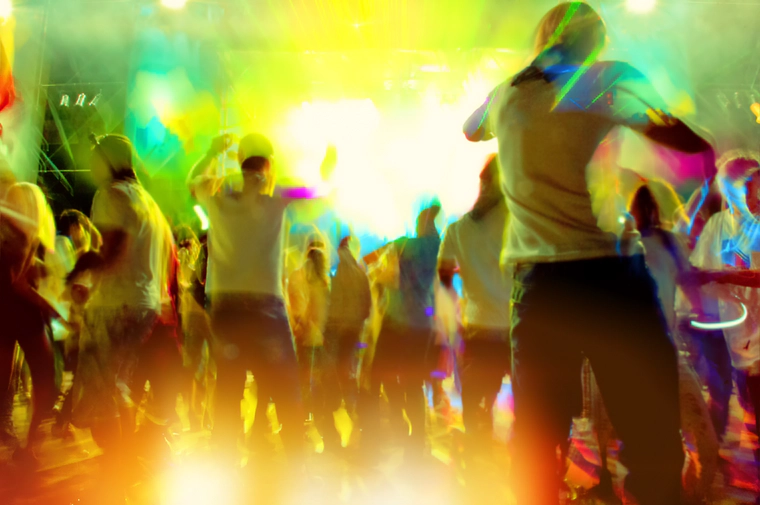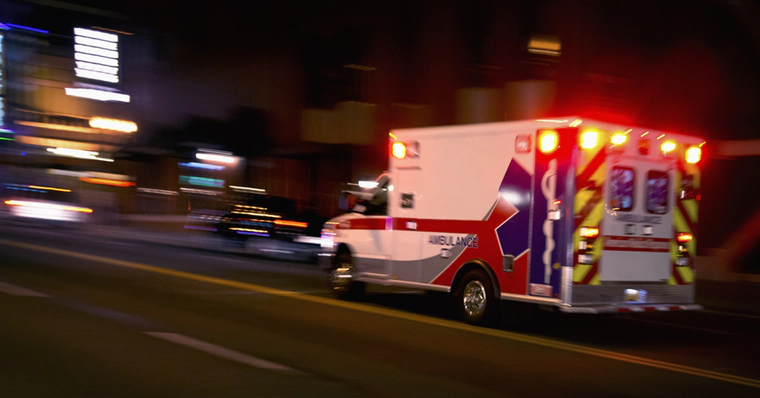What is the Scope of Ecstasy (MDMA) Use Today?
Understanding the threat of drug addiction in the U.S. begins with understanding the scope of drug use. This article explores what ecstasy is and how widespread its use has become.

Ecstasy is portrayed in the media, in pop culture, and in Hollywood movies and music as a “party” drug, as the euphoric sensations associated with the drug are said to act as a social lubricant and a way to “let go” and a means of “enjoying the moment.” However, what these descriptions of ecstasy do not show is its harmful nature and the serious side effects users often experience.
What is Ecstasy?
Ecstasy is also called MDMA, a shortened version of the drug’s chemical signature, 3,4-methylenedioxymethamphetamine. Though illegal in all 50 states, users take the drug for the perceived feelings of well-being, stimulation, and distortions in time and sensory perception that it can produce. Though the drug first became popular in dance clubs and all-night raves, interest in ecstasy has expanded well beyond club and dance environments. It is now a widespread drug of choice for millions of Americans.1
What are the Effects of Ecstasy?

Shortly after ecstasy rose in popularity in the 1980s, scientists began studying it. The harmful effects of the drug became apparent almost immediately. For example, scientists discovered that one of the most serious risks of using ecstasy is the dangerous temperature increase associated with using the drug. Ecstasy can cause an increase in body temperature so severe that it can be fatal.
Ecstasy use also stresses the heart, causing the heart rate to go up and blood pressure to spike. Ecstasy also harms the kidneys and can cause damage to specific neurons in the brain. Research has shown that long-term, heavy ecstasy use can lead to cognitive deficits in users, including problems with learning and memory retention.
Ecstasy use can lead to many physical side effects, including muscle tension, tremors, involuntary teeth clenching, muscle cramps, nausea, faintness, sweating, chills, blurred vision, dehydration, unconsciousness, overdose, and death. A side effect of repeat ecstasy use is permanent damage to the user’s serotonin system.
Ecstasy use can also lead to confusion, anxiety, paranoia, depression, sleep problems, cravings, and repeat use of the drug.
One of the most serious risks of using ecstasy is how the drug may interact with other mind-altering substances the user may be ingesting. Even if the user is trying to avoid other drugs and is only interested in experimenting with ecstasy, the Drug Enforcement Administration (DEA) reports that most ecstasy samples seized by law enforcement are not just ecstasy. Rather, they are ecstasy samples that have been combined with other harmful drugs like methamphetamine, ketamine, cocaine, and synthetic cathinones (a synthetic stimulant drug more commonly known as bath salts).2
Can People Overdose on Ecstasy?
People can overdose on ecstasy, and they can die from it. According to the DEA, ecstasy is involved in about 15,000 to 23,000 emergency department visits each year.3 CDC reports suggest at least two dozen Americans die from ecstasy-related causes each year. However, these numbers are difficult to calculate as ecstasy users often have other drugs in their system at the time of death. Ecstasy may not be cited in toxicology reports if a more lethal drug (like opioids) is present.4

How Widespread is Ecstasy Use?
Reports vary on the scope of ecstasy use. One NIDA report suggested some 18 million Americans have used ecstasy at least once in their lives. Another report suggested at least 2.2 million Americans aged 12 or older used ecstasy at least once in the past 12 months.5
Though people of all ages use ecstasy, the age demographics most likely to use ecstasy include young adults and teenagers. In any given year, an estimated 0.6% of 8th graders, 0.7% of 10th graders, and 1.4% of 12th graders use ecstasy.
Another study sought to determine how widespread ecstasy use was among people who experiment with drugs at live music events. According to the findings, of people who use mind-altering drugs at music festivals, 73.9% said they’d used ecstasy, and 5% of them said they’d had to seek emergency medical treatment as a result.6
The Need for Ecstasy Addiction Treatment
Ecstasy poses risks to those who experiment with it, even to those who try it “just once.” If you know someone who is using ecstasy and who cannot stop using it on their own, please help them find and enter a qualified residential drug and alcohol addiction treatment center as soon as possible. Please do not wait until they suffer permanent harm from using ecstasy.
Sources Cited:
-
NIDA. “MDMA (Ecstasy) Abuse Research Report: Introduction.” National Institute on Drug Abuse, 2017. nida.nih.gov ↩︎
-
DEA. “Ecstasy/MDMA.” Drug Enforcement Administration, 2022. dea.gov ↩︎
-
TDEA. “Usage, Death, and other MDMA Statistics.” TheDEA.org, 2023. thedea.org ↩︎
-
CDC. “Notes From the Field: Overdose Deaths Involving Eutylone (Psychoactive Bath Salts) — United States, 2020.” Centers for Disease Control and Prevention, 2022. cdc.gov ↩︎
-
NIDA. “What is the scope of MDMA use in the United States?” National Institute on Drug Abuse, 2017. nida.nih.gov ↩︎
-
BMC. “Patterns of ecstasy use amongst live music event attendees and their opinions on pill testing: a cross sectional study.” BioMed Central, 2020. substanceabusepolicy.biomedcentral.com ↩︎






 ®
®